Arguably the most widely hunted upland game bird in the United States, the popularity of the Ring-necked Pheasant attracts hundreds of thousands of hunters to the fields every Autumn and Winter. If you live in pheasant country and want to join your friends on a hunt, or live in another state and want to experience the excitement of a pheasant hunt, this information should prove helpful.
They Weren’t Always Here – A Non-native Species
Given their wide distribution and the number of hunters who pursue them you would think Ring-necked Pheasants are native to the United States. That is not the case. The birds were first imported to the country in 1881 by Consul General Owen Denny from his posting in China. The first birds arrived in Port Townsend, Oregon and did not fare well. Subsequent shipments arrived in 1882 and 1884 to be released in Oregon’s Willamette Valley.
The birds flourished so well that Oregon was able to have its first pheasant hunt in 1892. By this time some of the original stocking of birds had crossed into Washington. Because of the birds adaptability and the ability to breed in captivity, other states either imported birds or live-trapped birds from the Oregon stocking and transported them to begin their own home grown populations.
Huntable Populations – Habitat is the Key
Because of the stocking programs of a century ago, and favorable habitat, the pheasant is undoubtedly one of the most hunted game birds in the country. Pheasants thrive in large crop fields bordered by thick growth for protection. This means the current farming practices of the Midwest and Plains states provide their largest distribution and population numbers.
Pheasant populations exploded when the federal government implemented the Conservation Reserve Program (CRP) in 1985. CRP sets aside a portion of the crop fields in native grasses to protect the environment and reduce soil erosion. Pheasant have adapted well to the large tracts of cornfields interspersed with native grass fields and drainages throughout that range. Their survival is dependent on the quality of that habitat and the weather.
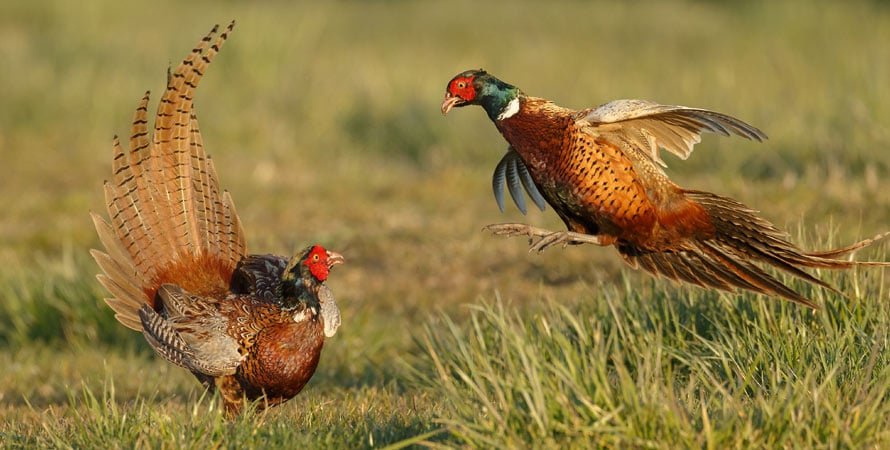
So if you want to get into wild pheasants, your best bet is to travel to the Midwest or Plains states. South Dakota bills itself as the “Pheasant Hunting Capital” and a good case may be made for that. Large tracts of farmland in the state provide the ideal habitat for pheasant. But don’t discount other states with similar habitat. Each year Pheasants Forever publishes a guide reporting best places to hunting pheasant based on nesting conditions and hatch success rates. Check state Game Commission websites and regulations for a destination that may be closer to home.
Know a Pheasants Daily Routine to Succeed
Pheasant are ground birds and prefer not to fly, exposing them to natural predators like hawks. Their day typically starts in heavy cover like drainages when they have roosted for the night.
After sunrise, they then move toward grain fields picking up small gravel, or grit, to help digest the food. The birds will spend a couple of hours in the grain field feeding. If undisturbed they then move to loafing areas near the crop field or even return to nesting cover. In mid-afternoon they will repeat that routine and return to thick cover prior to sundown.
That’s their normal routine.
It may change based on weather. Extremely cold weather or heavy rain may keep them in roosting cover later in the day. An impending storm may keep them out in the crop fields trying to store up food before the storm’s arrival.
The bird’s primary range also gets regular snowfalls, sometimes large, which again may keep them in nesting cover longer but then spend more time feeding than normal.
So getting to the fields at sunup isn’t necessary. Give the birds some time to wake up, stretch, and walk to the fields to feed. This is especially important if you are hunting behind dogs. It gives the birds time to put down ground scent in their morning routine.
Seasons and Limits
Like any other upland bird, there are set seasons and limits that vary by state. Pheasant are non-migratory so are not regulated by federal rules. The pheasant season starts in most states as Autumn weather approaches.
The beginning of the season in late September or early October allows time for the hens to complete the breeding cycle, raise a hatch of chicks, and allow them to mature. Hen pheasant will re-nest if a first one is destroyed so it is possible to see chicks as late as August.
Nature also plays a role in the closing of each state’s pheasant season.
Winter weather has a detrimental effect on pheasant survival. Most states end pheasant hunting as harsh winter weather sets in to reduce pressure on the birds and allow them to preserve energy to survive heavy snow and extreme cold.
Compared to some other upland birds bag limits on wild pheasant are small, typically three roosters per day. And it is roosters only. Male pheasant are easily distinguished by their bright head plumage and long tail and sometimes the cackling sound they make when bursting from the ground. Not shooting hens insures sufficient numbers of birds available for breeding the next season.
So How Do I Hunt Pheasants?
There are two popular methods for hunting pheasants. Both of them proven successful and are used for different circumstances.
The Drive
This is often used at large guided hunt facilities when you have a group of 10 – 12 people involved on a large tract of grain fields. The group of hunters arrives at a chosen field and half of the hunters are positioned at one end of the field evenly spread out as blockers.
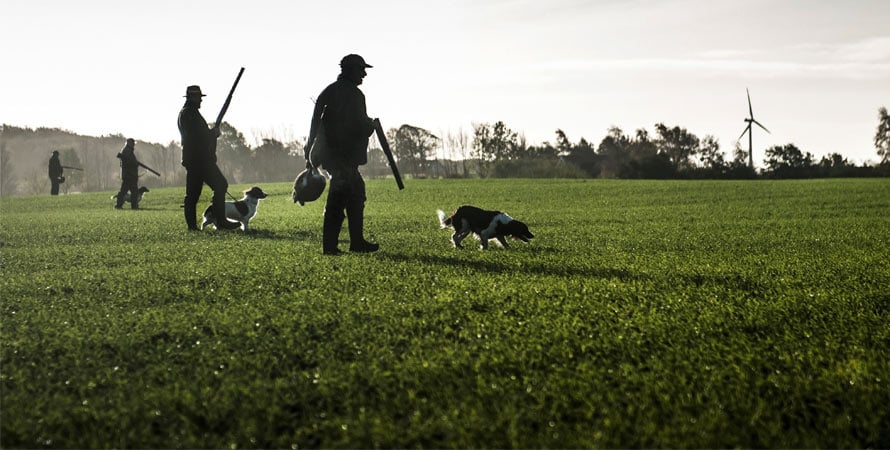
The other hunters are carried to the other end of the field and spread out across the end of the field. They then start moving at a slow pace toward the other hunters, typically pushing birds ahead of them. Some birds may fly early and try to escape giving the drivers shots at birds.
As the drivers approach the blockers action can get intense as birds start flushing in all directions. After a field is driven the group moves to another field, positions are reversed, and the process is repeated.
Behind dogs
This is probably the most common way of hunting the birds. Although dogs may be used on a drive, if you are hunting with one or two friends it’s best to hunt behind either a flushing or pointing dog. Lone hunters may miss birds hiding in downed corn stalks or field edges.
Dogs can scent the birds and either flush or point them giving the hunter a shot. Yes, you can do this without dogs but you’ll likely bypass birds that may offer shots and sometimes fail to retrieve a bird that has been shot.
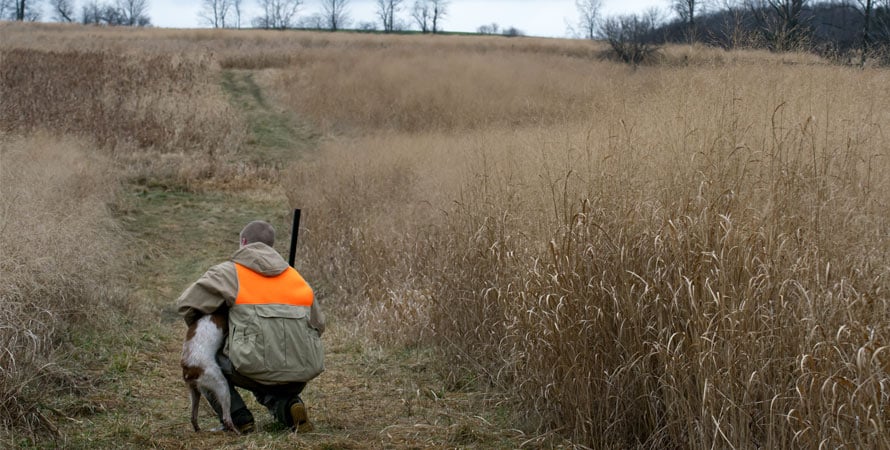
Both methods have advantages and disadvantages.
Obviously, drives are usually well organized over fields proven to have pheasants. There’s a lot of action and birds will be shot. But if you are a solo hunter on unfamiliar land, or only have access to public hunting land or a small tract of private land, you have to push your own birds up and the best way to do that is behind dogs.
Pheasant Hunting Close to Home
If you live in the Eastern United States and can’t afford to travel out west, don’t despair. Pheasant hunting options may be closer than you think!
Because pheasant are easily raised and flight conditioned in captivity, there are a couple of options open.
Game bird breeders that specialize in pheasant raise thousands of birds each year to meet the needs of game preserves and state stocking programs. Some eastern state game commissions, like Pennsylvania, release commercially raised birds on select wildlife management areas. But there is another option and that is a licensed or registered game preserve.
Pheasant Hunting on a Game Preserve
Game preserves are typically licensed by the state and are designed to replicate an upland hunting experience shooting pen raised birds like pheasant and quail. This is strictly a pay-as-you-go operation and costs vary based on how many birds you want to put out, guide services, bird cleaning and other amenities.
Most game preserves offer one of two options, or both.
Traditional Upland Hunt
This is where you and one or two other hunters are guided on a typical field hunt behind a dog. Birds are planted in the field prior to your arrival. The dogs cover likely habitat and either flush or point the birds in front of the hunters. Unlike wild pheasant, pen-raised birds usually hold tighter for pointing or flushing dogs and shots are usually at closer ranges.
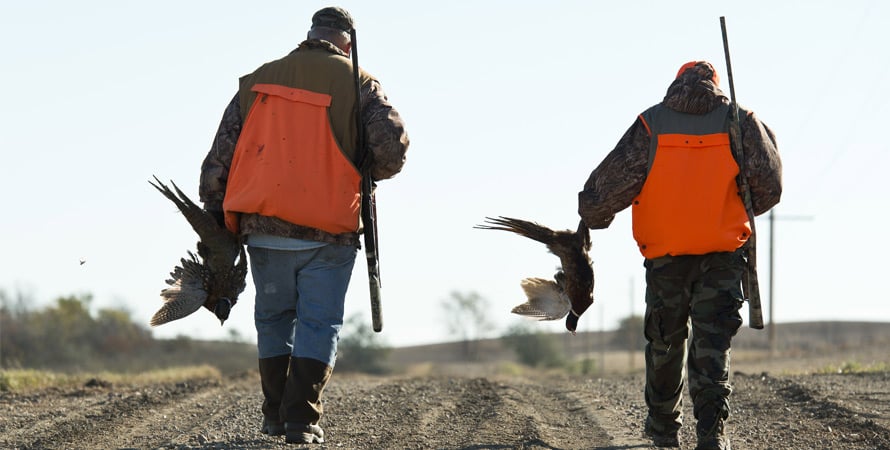
European Tower Shoot
Tower shoots are increasingly popular at many game preserves in the United States. It does require a special set up. In this scenario hunters are positioned at different stations, or pegs, around a field. Birds are released individually from an elevated tower at one end of the field, usually at the highest elevation.
You never know which flight path the bird will take so all hunters around the field get shots at birds. What you do know is that the birds will be high and flying fast. This type of pheasant shoot is designed to replicate the driven pheasant shoots popular in European countries.
What Gear Do I Need to Hunt Pheasant?
If you have hunted big game in the United States, you know that pursuit can be fairly equipment intensive. Not so the case with pheasant hunting. You simply need the proper clothing for the conditions and a good shotgun with the right choke and load combination.
Clothing
Even though special clothing is required, it’s pretty basic. An upland game vest with blaze orange panels is one of those basics. These vests typically have a game bag on the back with front pockets that hold shells and other small essentials.
More critical than the vest is the selection of pants.
In any pheasant hunting scenario there’s a good chance to be walking through thick brush. Upland pants, sometimes called brush pants, with a double material front will prove useful. A blaze orange hat is another essential to help other hunters in your party see you.
Boots
Upland hunting usually involves a lot of walk and for pheasants that is no exception. A good pair of upland boots makes for a comfortable day of bird hunting. Two factors should be considered in selecting boots:
- Ankle support.
- Traction.
Rough terrain like corn field furrows and steep ditch banks are part of the norm. You can turn an ankle walking through a field or slip down a ditch bank with the wrong footware.
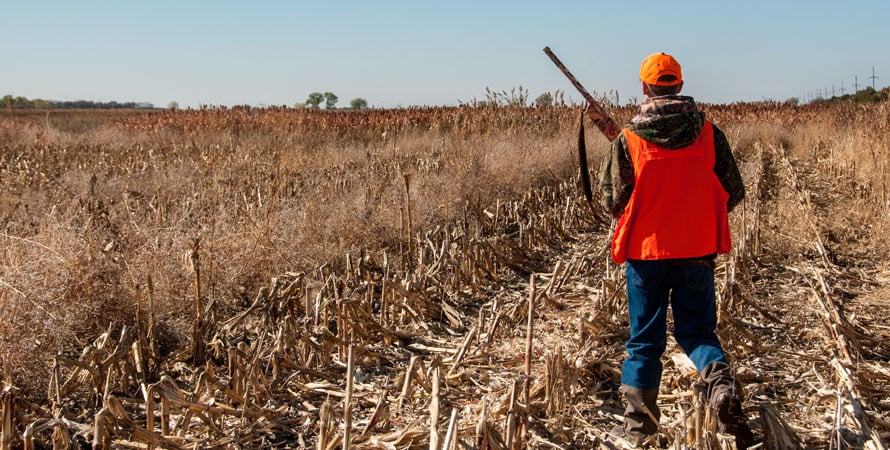
Fowl Weather Gear
Depending on the part of the season, you can encounter either rain or snow in the pheasant fields. It’s always a good idea to have a heavy coat, headgear to protect your ears, and layered clothing to protect you from the elements available in the gear you pack. Most bird hunters plan for this eventuality.
If you live in pheasant hunting country your local retailer will have a selection of these items in stock. Many large retailers like Cabela’s carry a variety of upland hunting clothing and boots at different prices.
The Right Gun Brings Home the Birds
If you want to start an argument among pheasant hunters, say “The best shotgun for pheasant is a . . .!” Sit back and see what happens.
Everyone has their own preference for hunting the birds, and they have that based on their own experience and factors important to them. Your current waterfowl or upland gun will work just fine.
With current improvements in shotshell development, pheasant loads are available in most gauges from 12 to 28. If you are looking for an excuse to buy a pheasant gun, there are some considerations that can influence the decision.
Best gauges for pheasant hunting
Without doubt the 12 gauge is most popular for pheasant hunting and there is a reason. Pheasant are hardy birds that can take a solid shot, tumble through the air, hit the ground and start running. The 12 gauge has the obvious advantage of more shot hitting the target, anywhere from 1 1/8 to 1 1/4 ounces of shot.
The 12 gauge also has advantages for long shots during a driven shoot or European Tower shoot. Also, late season birds tend to flush wild and offer long shots.
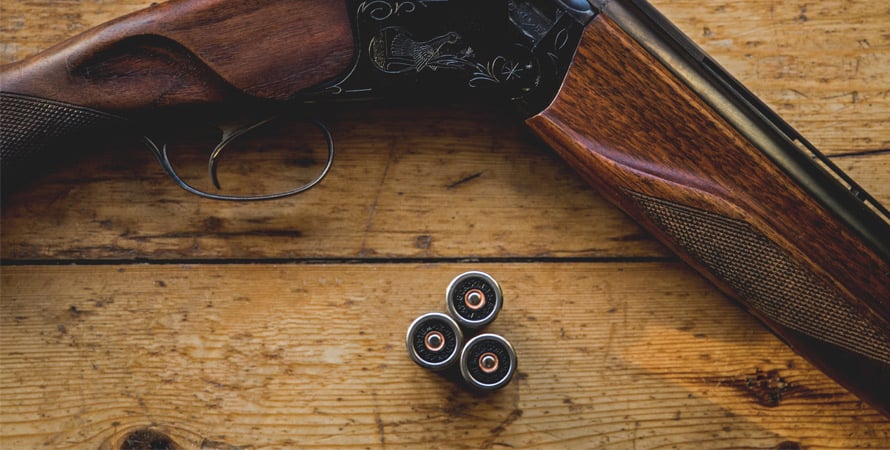
But if you are hunting over dogs or at a game preserve a 20 or 28 gauge with the right load may be all you need. Never discount the resurging popularity of the 16 gauge. If you already own a shotgun in one of these gauges and you are used to shooting it, you are a step ahead.
Action
Pump and semi-auto actions are preferred by many hunters for the simple reason they get more than two shots at flushing birds. These are especially favored on driven shoots where multiple birds are in the air at one time.
You can shoot a bird with your second shot and be ready for any other birds flying your way.
Still other hunters prefer the classic action of an over/under or side by side shotgun. High volume shooting is not the norm so the heavier recoil of a light break action is not an issue.
Weight
Gun weight is not an issue on driven hunts or tower shoots, because you are not moving around much. However, hunters walking for several hours behind pointing or flushing dogs may want to lean toward the break action shotgun because of their lighter weight. They typically weigh a pound or more less than pumps and semi-autos. Overall they are also shorter which allows a quick and short mount to the shoulder needed for close flushing birds.
Not Just the Right Gun – But the Right Shotshell and Choke
As previously mentioned, pheasants are hardy birds. Long time hunters can relate at least one story of a solid hit on a bird that hit the ground, got up and started running.
Low cost lead shot at standard velocity can lead to similar results. Shot size and velocity are important considerations when selecting a pheasant load.
B&P Heavy Pheasant loads in 12 and 20 gauge are specifically designed for the demanding conditions of pheasant hunting. These shells with a heavy load of nickel plated shot travelling at high velocities have the knock-down power to bring down the toughest rooster.
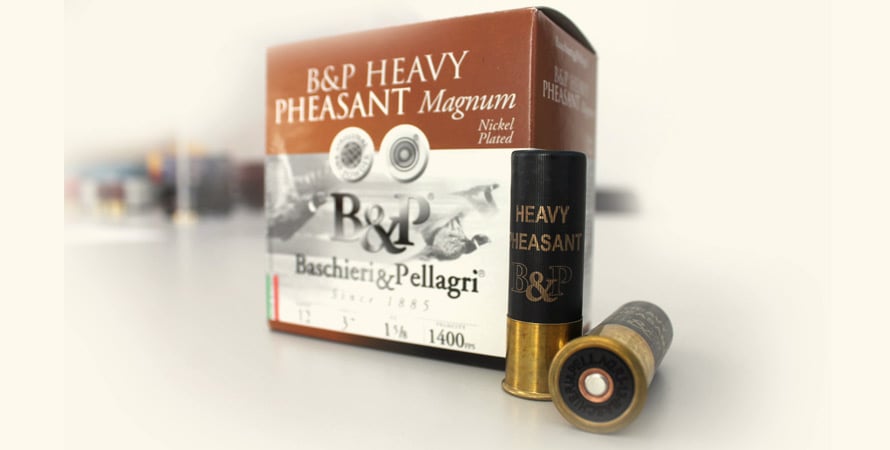
Prefer the quick handling ability of the 28 gauge hunting behind dogs or on a preserve?
The B&P Upland Game in #5 shot provides a full one ounce of shot to drop the hardiest bird. If your shotgun of choice is the classic 16 gauge, don’t feel left out. It’s hard to find a good quality loads for the 16 gauge. Not so with the B&P F2 Classic. This medium velocity high quality lead load in #5 shot should prove just what you need for close flushing pheasants.
Most modern shotguns are fitted with choke tubes.
As in any other hunting situation, fit the choke constriction to the situation. For close flushing roosters over pointing or flushing dogs, an Improved Cylinder choke will put shot on the target. During driven shoots where birds may flush far out and be at higher altitudes when they cross over switch to a Modified choke. On some tower shoots with birds flying 40 – 50 up a full choke might be needed. There is a good explanation of the different choke constrictions and their uses at our Hunting Spot blog.
Preseason Practice for Pheasant
Many roosters have escaped to live another day because hunters neglect an important aspect, practice at the clays range before the season starts. We’ve already established that pheasant are hardy, but many hunters think that because of their size they are easy to hit.
They are if you do it right.
Many roosters fly out of the field because the hunter looked at the entire bird. Remember, a cock pheasant is about one-half tail. Those tail feathers make its size deceptive.
The key to killing a pheasant is focusing on the bright plumage of its head. That is where time at the clays range gets you ready.
Trap
Most of your shots at pheasant will be at birds flushing away from you and climbing. Shooting several rounds of trap will prepare you for that common shot. But not all birds flush straight away.
Skeet
With its numerous stations skeet will give you opportunities to shoot targets at different angles to include crossing shots at stations 4, 5, and 6. Don’t pass up the doubles to simulate shots at multiple birds on the flush.
Sporting Clays
If you really want to prepare for any pheasant hunting scenario hit the sporting clays course. Most sporting clays courses, with ten to twelve stations, offer a wide variety of clay target presentations. This is where you may find the driven pheasant target coming at you. Several rounds of sporting clays with a focus on the target at different angles sets you up for success in the pheasant field.
It is important not just to practice, but do it with the gun you plan on hunting with. B&P Competition One shells are available in all gauges you will pheasant hunt with and offer excellent performance to match the shells you will use in the field.
That’s a lot of information to soak in.
But as most hunters have found, preparation for a trip makes it more enjoyable and also reduces last minute mistakes.
The preparation itself can be enjoyable!
Who doesn’t have a good time busting clay targets at the range?
Now is the time to start planning a trip for this year, especially if travelling. Guide services book early. Boots need to be broken in. And by all means, time on the clays range is essential for bagging a limit of birds to brag about!

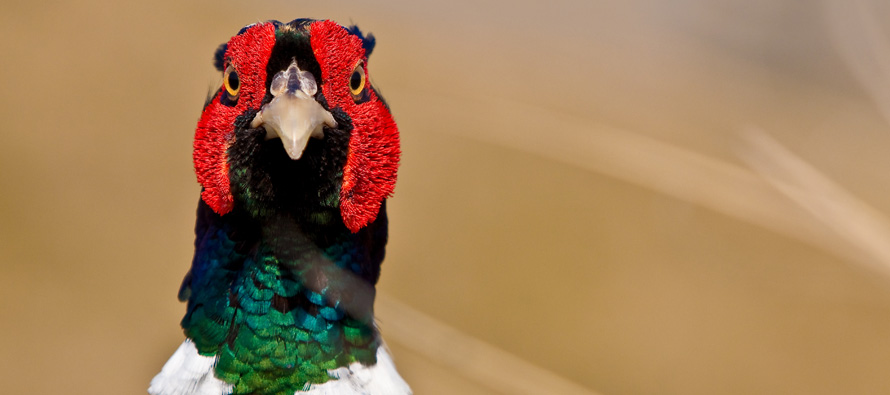


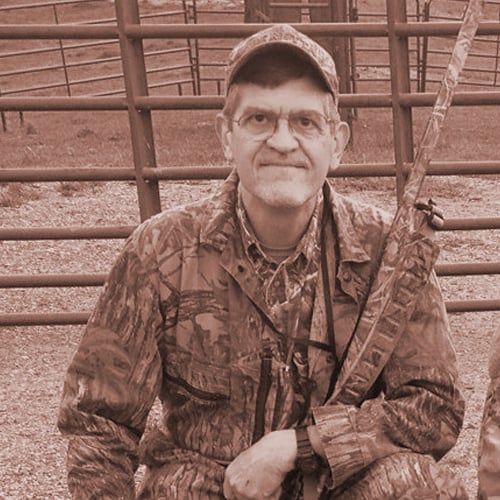
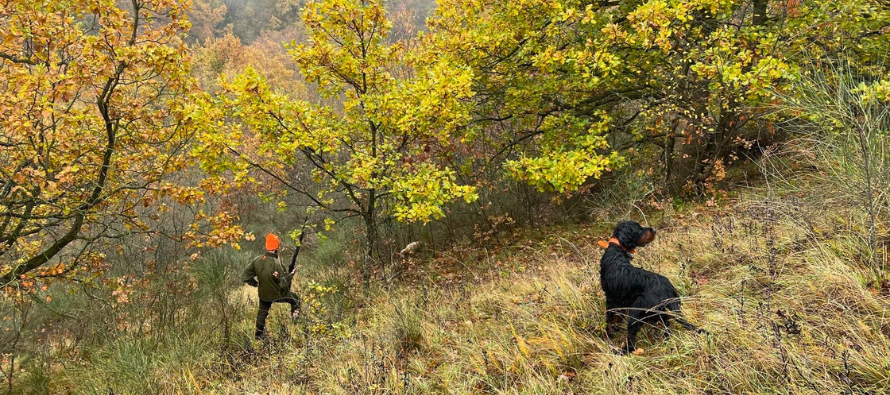
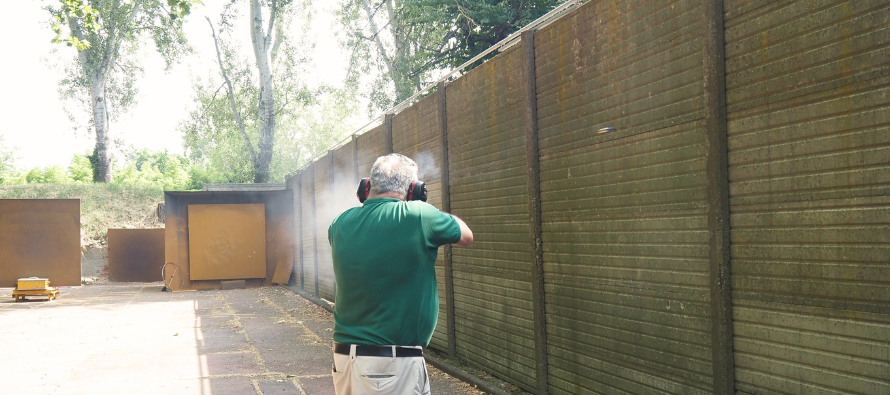
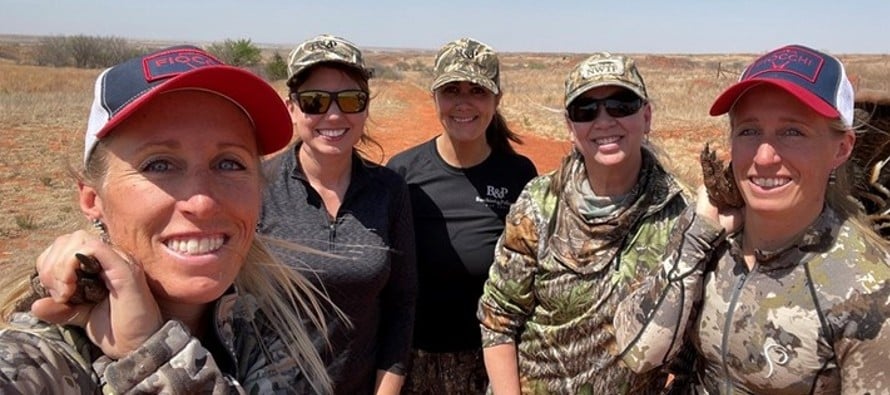
Comment this post